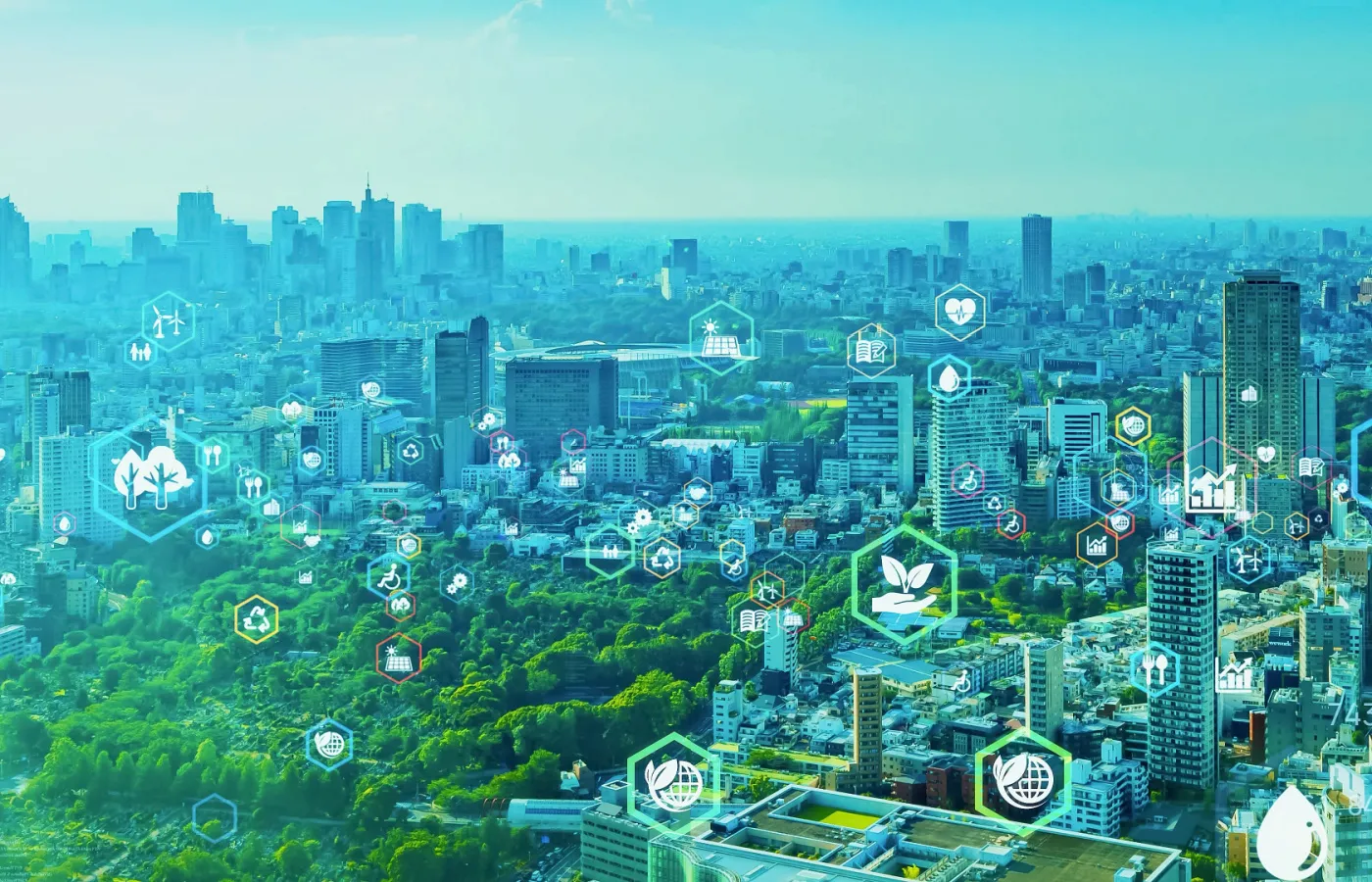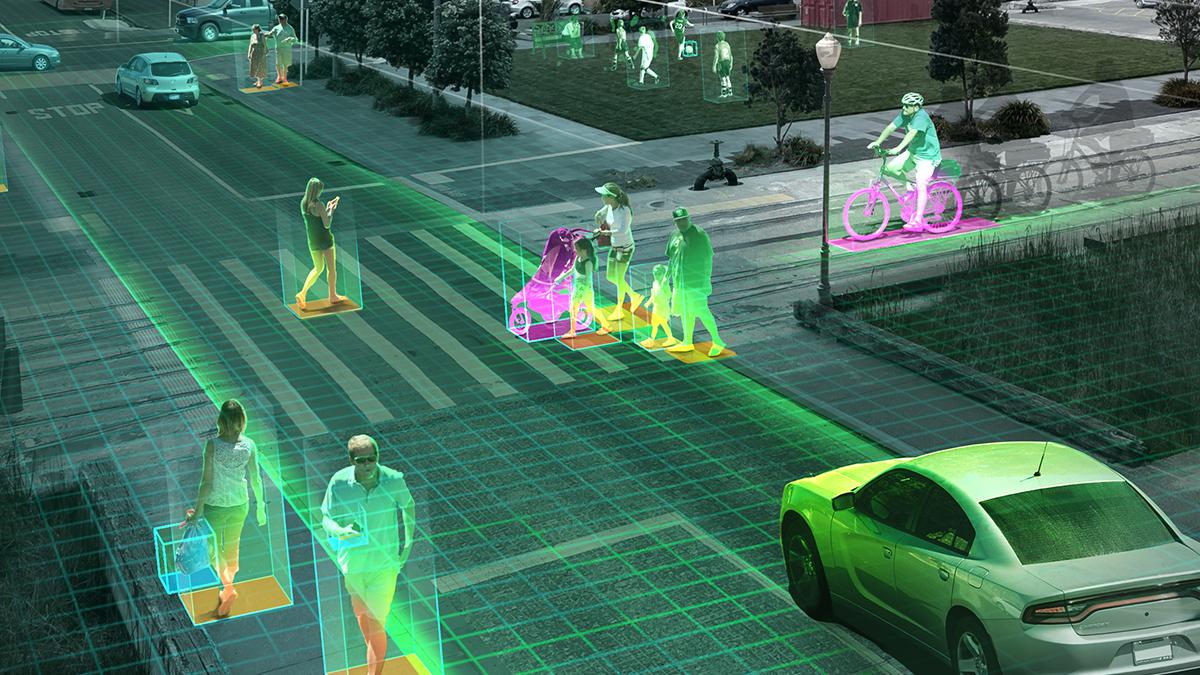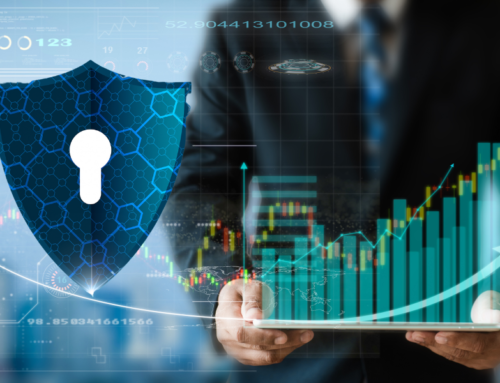New York City, often dubbed “The City That Never Sleeps,” is a living organism pulsating with energy and activity. Managing such a dynamic environment requires more than just human oversight; it demands intelligent systems that can adapt and respond in real-time.
NYC is a place where tradition meets innovation. Lately, Artificial Intelligence and the Internet of Things have been reshaping urban living in ways that were once considered the stuff out of a science fiction. How? Let’s take a look;
AI and IoT at Work
Imagine strolling through the hustling and bustling streets of New York City, where the hum of daily life intertwines seamlessly with the invisible threads of technology.
Take the Metropolitan Transportation Authority (MTA), for instance. They’ve started using smartphone-equipped sensors mounted on subway cars. These devices collect data on vibrations and sounds as the trains move through the tracks, feeding this information into AI systems that detect anomalies indicating potential maintenance needs. This proactive approach aims to reduce delays and improve safety for millions of daily commuters.
But AI’s role in NYC’s public transport doesn’t stop there. Thanks to predictive analytics, bus routes are now optimized in real-time. By analyzing past traffic patterns and current conditions, AI helps reduce wait times and congestion, making the city’s transit system more efficient.
Smart Buildings: The Rise of Intelligent Infrastructure
Beyond the subways, the city’s skyline is undergoing a transformation of its own. Buildings are becoming smarter, using AI and IoT to optimize their energy usage and improve occupant comfort.
Consider 45 Broadway in Manhattan. By integrating AI-driven systems from BrainBox AI, the building achieved a 15.8% reduction in HVAC energy consumption, translating to annual savings of $42,000 and a reduction of 37 metric tons of carbon dioxide emissions. These systems continuously analyze data being received from various sensors to adjust heating, ventilation, and air conditioning in real-time, responding to factors like occupancy and weather conditions.
But it’s not just about energy efficiency. IoT-powered smart locks and facial recognition security systems are also becoming common in both residential and commercial spaces. These systems allow seamless, keyless access while improving security. Some buildings even feature AI-powered concierge services, where a digital assistant can handle package deliveries, visitor check-ins, and maintenance requests.
Improving Urban Health
Living in a city as fast-paced as NYC comes with its own set of challenges, including stress and air pollution. AI and IoT are playing an important role in making urban life healthier.
For instance, AI-powered air quality monitoring systems are being deployed across the city. These devices collect real-time data on pollutants and push alerts when air quality drops below safe levels. This allows residents to take precautionary measures, such as staying indoors or using air purifiers.
On a personal level, apps like Neurofit are using AI to offer personalized mental wellness programs. By analyzing user data, Neurofit tailors stress management exercises to individual needs, making mental health support more accessible and effective.
The Culinary Scene: Where Tradition Meets Technology
Even NYC’s vibrant food scene isn’t untouched by this technological revolution. Imagine walking into a pizza buffet where the pies are always fresh, and there’s never a shortage of your favorite slice.
Thanks to companies like Viam, AI is being used to monitor and analyze customer flow and pizza consumption in real-time. This makes sure that restaurants can optimize their offerings, reduce waste, and improve customer satisfaction. By integrating existing hardware with advanced software, Viam helps eateries adapt swiftly to changing demands, keeping patrons happy and operations efficient.
In addition, AI-driven food delivery services are now using predictive analytics to forecast demand and dynamically adjust pricing based on availability and real-time conditions. This means your late-night ramen order arrives faster and fresher than ever before.
Smarter Shopping and Retail Experiences
NYC’s retail sector is also using AI and IoT to improve shopping experiences. Stores are implementing cashier-less checkouts, where customers can walk in, pick up their items, and leave without standing in line. Sensors and AI track what’s taken and automatically charge the customer’s account.
Retailers are also using AI to personalize shopping experiences. For example, AI-driven recommendation engines analyze a shopper’s spending history and browsing behavior to suggest products tailored to their preferences. This level of personalization helps businesses increase sales while improving customer satisfaction.
Even in fashion, AI is making waves. Virtual try-on technology powered by AI and augmented reality (AR) lets customers see how clothes, makeup, or accessories will look on them before making a purchase. This is especially useful in NYC, where time is money, and shoppers want a seamless experience.
Monitoring the Unseen
In recent months, New Yorkers have reported mysterious drones (UFOs) hovering over the city. While these sightings have sparked curiosity and concern, technology has stepped in to provide clarity.
Enigma, a local startup, developed an app that allows users to share and discover videos of these unidentified aerial phenomena. The platform fosters a community-driven approach to monitoring the skies, allowing residents to document and discuss their observations. This collective intelligence, powered by AI, helps demystify the unknown and keeps the public informed.
Anyone who’s been stuck in NYC traffic knows how frustrating it can be. But AI is helping make city roads safer and less congested.
Smart traffic lights equipped with AI-powered cameras can analyze real-time traffic flow and adjust signal timings accordingly. This reduces unnecessary wait times and helps alleviate congestion. Additionally, AI is being used in pedestrian safety initiatives, where cameras detect jaywalking patterns and adjust crosswalk signals dynamically.
Law enforcement is also incorporating AI to monitor traffic violations. AI-powered cameras on city buses were meant to track bus lane violations, but a recent issue led to nearly 4,000 incorrect parking tickets being issued. This serves as a reminder that AI, while powerful, still requires human oversight.
The Role of Development Firms
Behind these technological advancements are the unsung heroes, app development companies and software development firms that bring these innovations to life. New York City is home to several notable firms. One of them is Unqork, a no-code development platform that allows enterprises to build complex applications without writing a single line of code. Their platform has been instrumental in supporting organizations across finance, insurance, healthcare, and government sectors.
Another key player is Work & Co, a technology and design company that collaborates with businesses to create digital products from concept through launch. Their expertise spans websites, e-commerce platforms, mobile apps, AI tools, and more, serving clients like Apple, Google, and Nike.
These firms, along with others like Potion Design, New York Software Developers, and Applico, are at the forefront of developing custom mobile app development services that effortlessly align with the unique needs of urban living. Their contributions make sure that the city’s technological infrastructure remains robust, user-friendly, and secure.
How AI and IoT Will Shape the Future of Urban Living
If you think AI and IoT have already transformed New York City, just wait; this is only the beginning. The future of urban living is set to be even more interconnected, intelligent, and adaptive with innovations like;
1- Fully Autonomous Public Transportation
In the coming years, AI-powered self-driving buses and trains could become a reality, reducing human error and improving efficiency. Real-time, AI-driven traffic control systems may eliminate congestion altogether, optimizing street usage and rerouting vehicles before bottlenecks even form.
2- Self-Sustaining Ecosystems
Smart buildings will evolve into self-sustaining ecosystems where AI fine-tunes energy usage, water conservation, and air quality without human intervention. IoT-powered waste management could introduce automated garbage collection, where AI detects when trash bins are full and dispatches robotic waste collectors, keeping streets cleaner.
3- Hyper-Personalized Cities
With advancements in AI and IoT-powered urban living, even personal experiences will change. Imagine stepping into a hyper-personalized city where AI predicts your preferred café order, suggests optimal walking routes based on crowd density, and even notifies you of quiet spots in Central Park when you need a break.
Ultimately, AI and IoT will redefine urban living, making cities like New York smarter, greener, and more livable. The only question is, are we ready to adopt the future that’s already knocking on our doors?
Conclusion
As we traverse the streets of New York City, it’s evident that AI and IoT are more than just buzzwords; they’re integral components of the urban fabric. From improving public transportation and building efficiency to personal wellness and culinary experiences, these technologies are transforming how we live, work, and play.
However, as we adopt this wave of innovation, it’s important to stay vigilant about the challenges that accompany it. Assuring data privacy, system security, and ethical use of technology must be at the forefront of this transformation.
In the end, the fusion of AI and IoT in New York City is akin to a symphony. Like a harmonious blend of tradition and technology, orchestrated to create a living experience that’s as dynamic and diverse as the city itself. So, the next time you hail a cab, grab a slice or take a stroll through Central Park, remember that the invisible hands of AI and IoT are working behind the scenes, making the city not just a place to live, but a place to thrive.





